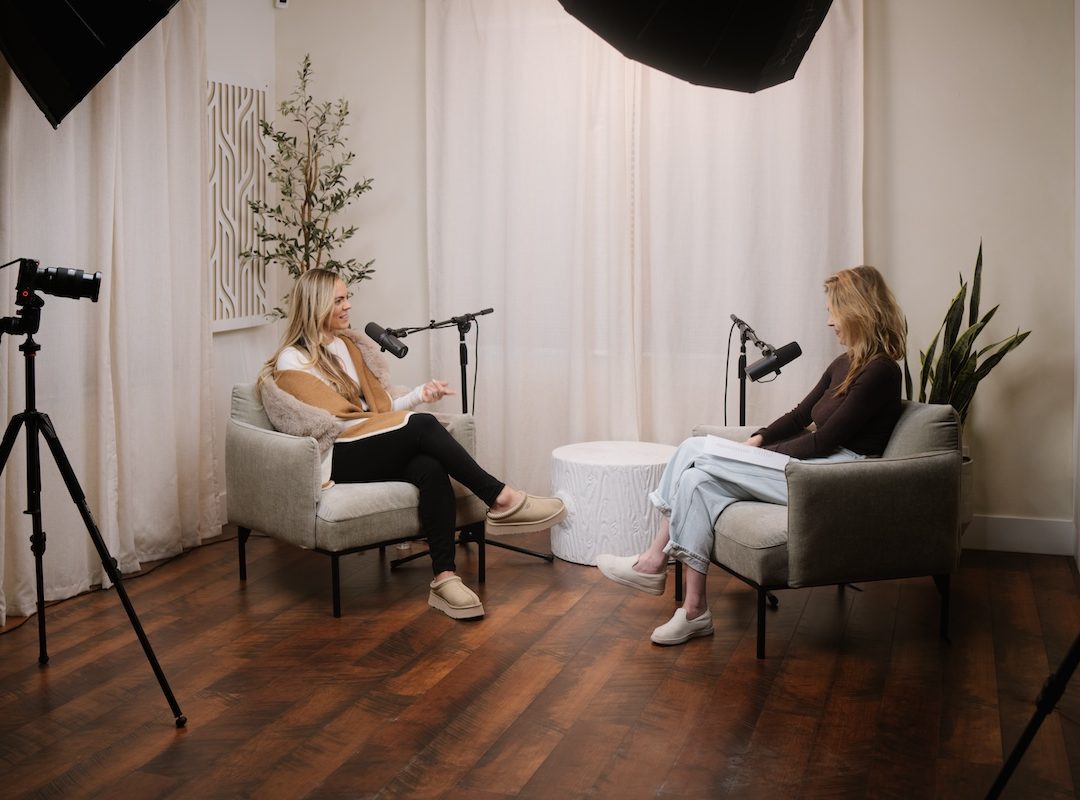Launching a podcast? One of the biggest questions you’ll face is: “What kind of setup do I need?” Whether you’re podcasting from your bedroom, a dedicated studio, or even on the go, having the right podcast setup can make all the difference in sound quality, listener experience, and professional branding.
In this guide, you’ll find:
- Beginner, intermediate, and advanced podcast setup ideas
- Equipment checklists for every budget
- Home studio layout tips
- Acoustic treatment suggestions
- Real-world setup examples
Let’s get you sounding great—no matter where you record.
Essential Podcast Setup Components
Before diving into setup ideas, here are the core components every podcaster needs:
- Microphone (dynamic or condenser)
- Headphones (closed-back for isolation)
- Audio interface or mixer
- Pop filter or windscreen
- Mic stand or boom arm
- Recording software (DAW)
- Computer or mobile recorder
Optional but recommended:
- Acoustic panels or foam
- Backup storage or cloud sync
- Camera + ring light (if recording video podcasts)
Podcast Setup Ideas by Budget
Beginner Podcast Setup (Under $150–$300)
Perfect for solo creators, hobbyists, or side projects.
Recommended Gear:
- USB Microphone: Blue Yeti, Samson Q2U, or Fifine K690
- Closed-back headphones: Audio-Technica ATH-M20x or OneOdio
- Pop filter: Neewer or Aokeo
- Mic stand: Desk boom arm or tripod
- Software: Audacity (free) or GarageBand
Setup Tips:
- Use a quiet room with carpet and curtains
- Record close to the mic (~6 inches)
- Turn off fans, AC, or other noise sources
SEO Keywords to target: beginner podcast setup, podcast gear under $200, affordable podcast equipment
Intermediate Podcast Setup (Budget: $300–$800)
For growing podcasts or those recording multiple hosts/guests.
Recommended Gear:
- XLR microphone: Shure SM58, Rode PodMic, or Audio-Technica ATR2100x
- Audio interface: Focusrite Scarlett 2i2 or Behringer UMC202HD
- Studio headphones: Sony MDR-7506 or AKG K240
- Boom arm + shock mount
- DAW software: Reaper or Adobe Audition
Setup Tips:
- Add foam panels or bass traps in corners
- Use an audio interface for better control and sound
- Consider a mixer if recording multiple people
Great for: Interview shows, educational podcasts, remote co-hosting
Pro-Level Podcast Studio Setup (Budget: $1,000+)
Ideal for professional podcasters, content creators, and brands.
Recommended Gear:
- Broadcast mic: Shure SM7B, Electro-Voice RE20
- Audio interface or mixer: Rodecaster Pro II, Zoom P8
- Headphones: Beyerdynamic DT770 PRO
- Studio monitors: KRK Rokit 5 or Yamaha HS5
- Acoustic treatment: Soundproof curtains, foam tiles, diffusers
- Cameras: Sony ZV-1 or Logitech Brio (for video podcasts)
- Lighting: Elgato Key Light or ring light
Setup Tips:
- Design a layout with host/guest positions
- Mount mics to boom arms for comfort
- Use noise gate, EQ, and compression for polished sound
Bonus: Add a green screen or branded podcast backdrop for YouTube or live streaming.
Home Podcast Studio Design Ideas
Whether you’re in a spare room or shared space, here are layout tips to optimize audio and comfort:
Room TypeDesign IdeaBedroomAdd rugs, curtains, bookshelves to absorb echoClosetPlace foam inside for sound isolationOfficeUse desk-mounted arms and corner diffusersLiving RoomRecord near soft furniture; avoid reflective windowsDecor Tips:
- Use LED strip lights for mood lighting
- Hang wall art or a branded banner behind you
- Keep cables hidden using zip ties or clips
SEO keywords to include: home podcast studio, podcast room layout, DIY podcast room
Acoustic Treatment Ideas for Better Sound
Even the best mic sounds bad in a noisy or echoey space. Fix that with these affordable options:
DIY Acoustic Fixes
- Hang heavy curtains or moving blankets
- Place pillows or cushions behind your mic
- Record inside a closet with hanging clothes
Professional Treatment
- Use foam panels (2”–3”) behind and around your mic
- Add bass traps in corners to control low-end
- Install ceiling clouds for overhead absorption
Portable Podcast Setup (On-the-Go)
Need to record while traveling or at events?
Portable Gear Kit:
- Rode SmartLav+ or Shure MV88+
- Zoom H5/H6 field recorder
- Lavalier mic with iPhone adapter
- Smartphone tripod with mount
- Small LED light panel (if filming)
Great for mobile interviews, vlogging, or travel podcasts.
Podcast Setup Tips for Video Podcasts
If you’re recording for YouTube or video streaming:
- Use a DSLR or webcam with 1080p resolution
- Frame your background to match your brand
- Softbox lights or key lights help eliminate shadows
- Add a lower-third overlay (name, social handles) in post-production
SEO keyword tip: Target long-tail terms like “video podcast setup ideas” or “podcast camera lighting setup”
Conclusion
Whether you’re just getting started or upgrading to a pro-level podcast studio, your setup should match your goals, space, and budget. Prioritize sound quality, comfort, and consistent branding. And remember, great content is the heart of any successful podcast—but great audio makes it listenable.
With the podcasting world more competitive than ever, investing in the right setup can give your voice the platform it deserves.
FAQs
Q1: What is the best microphone for beginners?
The Samson Q2U and Audio-Technica ATR2100x are great USB/XLR hybrids for beginners.
Q2: How much does it cost to start a podcast?
You can start a basic podcast for under $200. A professional setup might cost $1,000–$3,000+.
Q3: Do I need a mixer for podcasting?
Not necessarily. USB mics don’t need a mixer. But if you’re recording multiple people, a mixer or audio interface is recommended.
Q4: Can I record a podcast on my phone?
Yes! With the right mic (like Rode SmartLav+), a smartphone can work well for mobile podcasting.
Q5: How do I reduce the echo in my room?
Add soft surfaces like rugs, curtains, foam panels, and record closer to the mic.

